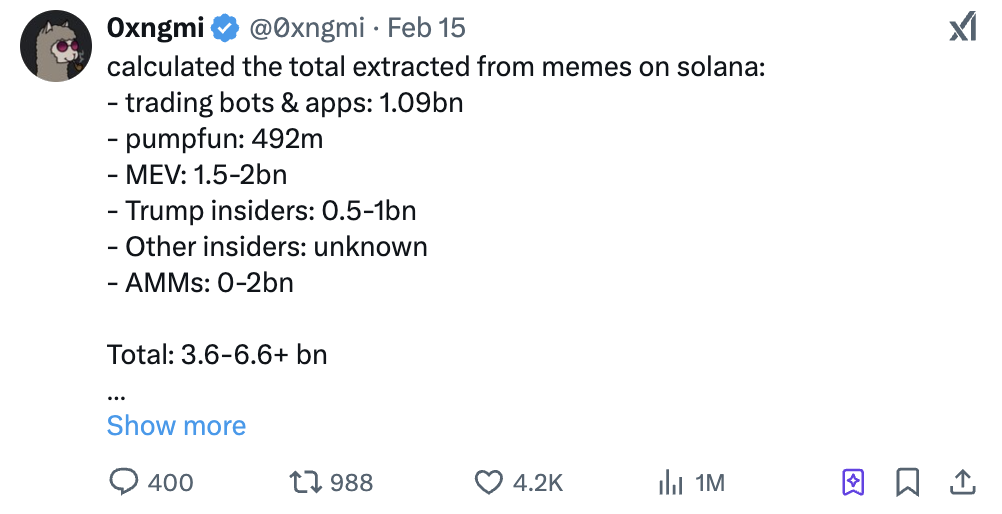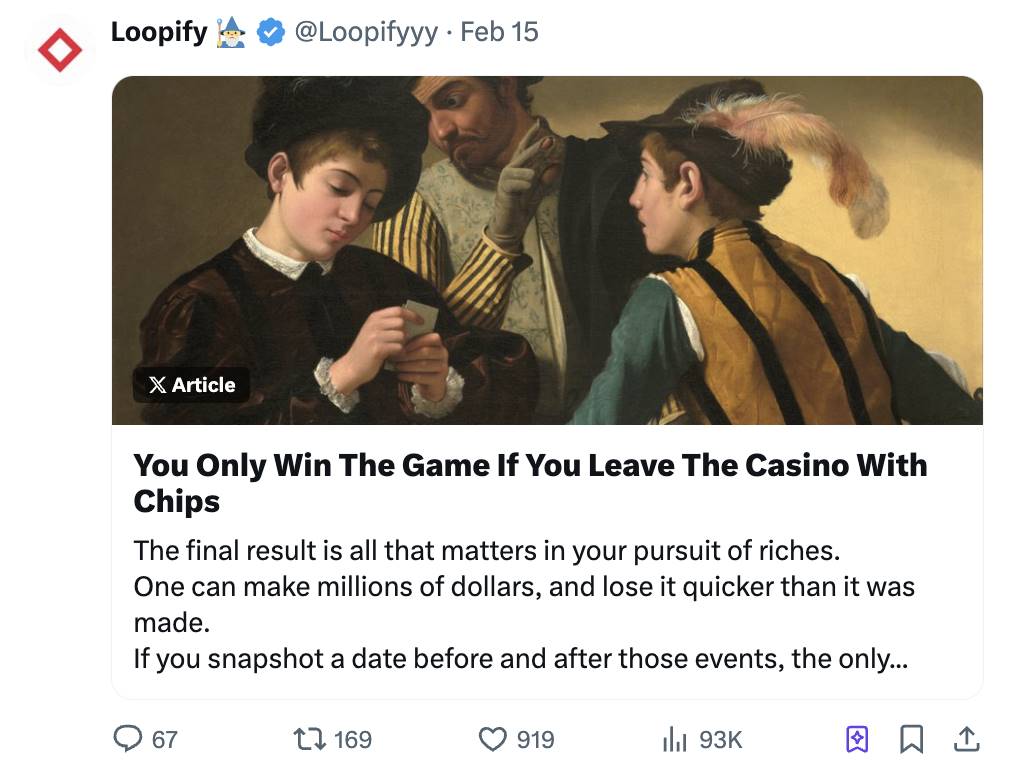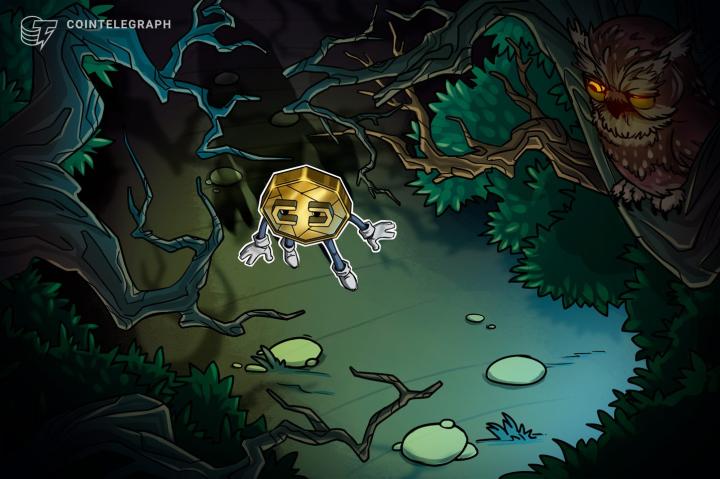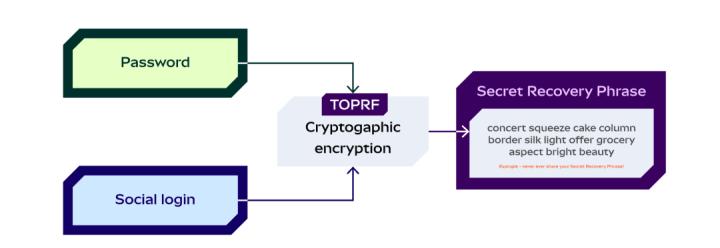Author: Loopify
Compiled by: TechFlow

I am not the first to put forward this view, nor am I the one who waits until the dust settles to express an opinion, which would only be seen as "hindsight is 20/20." But I still want to make a bold judgment: I believe the Memecoins craze is over.
This round of Memecoins craze has basically come to an end. Existing coins may still have a chance to return to their historical highs, but it is unlikely that new coins will be able to surge to billions of dollars in market capitalization and sustain it. For mid-to-low market cap coins, the probability of a rebound is almost 0.1%.
You can mark the key moments that led to the imminent collapse of the Meme market from the chart: $TRUMP was the first coin to trigger the change, followed by $MELANIA, and then a series of other rug pulls, with $LIBRA being the last straw that broke the market's back.
Large-scale fraud and rug pulls are inevitable, just as platforms like pump.fun will inevitably appear in some form or another.
The market's volatility has been excessive, from extreme rises (PvE memecoins reaching billions in market cap) to extreme scams (nation-level teams rug pulling). Most people either made money or suffered losses in this process.
No True Holders
Regarding the Solana trenches, one thing is very important: it is completely driven by market momentum. The vast majority of those buying these tokens are simply in it to make money, as the "narratives" that attract traditional crypto projects have disappeared. This also means that the price of these coins will drop faster than other coins.

Albert Murad Einstein promoting Memecoins
The Memecoin craze has been touted as the purest form of trading, as it has no restrictions. This is also an important reason why they can run so crazy. However, this "purity" also brings huge drawbacks.
Once the excitement of making money subsides, holders will quickly exit, and this same group will also completely abandon the market. This is different from other cryptocurrencies, whose holders usually still have faith in the project itself, as these projects at least have some actual value support, while Memecoins rely entirely on market sentiment and have almost no substantive content.
This also applies to a certain extent to Non-Fungible Tokens (NFTs), but NFTs are still different from Memecoins. Memecoins have completely abandoned the concept of "utility," with only a few exceptions that have broken through the attention barrier and are to some extent considered "classic" or "eternal" by the market, such as $PEPE.
This round of Memecoin craze has also spawned some relatively new phenomena, such as copytrading. In the past, people would always track wallet behavior on-chain, but this time the influx of coins has reached unprecedented levels. The improvement in user experience (UX) and liquidity issues on Solana has also made this phenomenon more popular.
However, there are now some people who have made hundreds of thousands of dollars through this model. They profit by attracting copiers (this is not referring to any specific person, but a general phenomenon - those who have become famous for "making a lot of money" on public wallets often attract a large number of copiers, and some even deliberately take advantage of this).
DEXes have long had copy-trading functionality, but in the past you couldn't buy a small coin with a market cap (MCAP) of just $10,000 for 5 SOL and sell it for 10 SOL 15 seconds later like you can now.
This phenomenon has led to more people following the so-called KOLs into the "furnace" (i.e. losses), but unlike in the past, this time there has been almost no widespread criticism on social media, as these traders have not explicitly promoted or advertised certain tokens.
Comparison with NFTs
Remember the glory days of NFTs? I use this comparison because it was the hot topic of the previous cycle, just as ICOs were the trend in 2017.
Almost everyone has heard of NFTs. This trend has not only been widely disseminated on the internet, but has also attracted countless A-list celebrities to launch their own projects (although most of these projects ended up as rug pulls). The NFT market has reached hundreds of billions of dollars in trading volume, with some series even reaching six-figure minimum prices.
In that wave of hype, OpenSea became the biggest winner, with over $1 billion in fee revenue alone - in comparison, the total trading volume of pumpfun was only around $500 million.
However, this Memecoin craze differs from NFTs in one significant way: this time, many protocols have profited massively from it.
@0xngmi: The total "extraction" revenue from the Memecoin craze on Solana is as follows:
Trading bots and applications: $1.09 billion
pumpfun: $492 million
Maximum Extractable Value (MEV): $1.5 billion to $2 billion
Trump insiders: $500 million to $1 billion
Other insiders: Unknown
Automated Market Makers (AMMs): $0 to $2 billion
Total: Over $3.6 billion to $6.6 billion

Even at the lowest estimate, this craze has "extracted" around $4 billion, which is by no means a small amount. (After all, one of the most powerful people in the world launched a coin that reached a $70 billion market cap in two days, which is already not considered "early.")
In comparison, I roughly estimate that if you include market trading, royalties, and minting revenue, the total scale of NFTs is slightly lower than this figure.
This shows that the Memecoin craze has surpassed the trends of the previous cycle, and its strong liquidity has made the market adjustment faster.
Many members of the Solana community are sensitive to the term "extraction" (which is why I put it in quotes) and compare it to traditional business models. But I don't think this comparison is appropriate.
In traditional business, for example, when I buy a game, I get entertainment value, and the company gets revenue - it's a positive-sum game.
You could say that many behaviors in the crypto currency market are zero-sum games, but the original intention of many projects is to provide some actual value.
However, pumpfun is a negative-sum game, operating through a value extraction mechanism, similar to a casino, whose main function is to create tokens without any real value, and the core use of these tokens is simply for speculation or gambling for more profits (of course, this does not include projects that are not specifically targeting Memecoins, such as Jup or Phantom, although these projects have benefited the most from Memecoins).
What's Next?
No one really knows when this cycle will end, and that will determine the market's short-term direction.
Each cycle will see a new hot spot, but it may also be an evolved version of the previous trend, or a revival (or even a complete death), as people are always looking for the next 100x opportunity.
Returning to the point I made earlier, I think the possibility of Memecoins rising again is lower than other trends, because they have no true holders and no believers.
Basically, the largest coins will survive, and the rest will die. If the market returns, the performance of new coins is likely to surpass everything that exists.
You need to be prepared for this: Survive, survive, continue to survive.
If you have already exited the market before the next trend arrives, or if you do not have the capital, you will find it difficult to adapt. In such a market, adaptability is crucial. In a bull market, everyone can make money, but making money in a bear market is the true ability, and then adapting to the next bull market is another ability. (Each cycle requires a different mindset.)
Finally, I recommend an article that delves into why "getting rich" is only half the process, and the other half is "staying rich". The article also provides some actionable suggestions:

(< a href="https://x.com/Loopifyyy/status/1890705869383569723" rel="nofollow">Tweet link)
*Note: If you think an asset has already dropped 90%, so these suggestions are useless, remember that it may drop another 90%.








